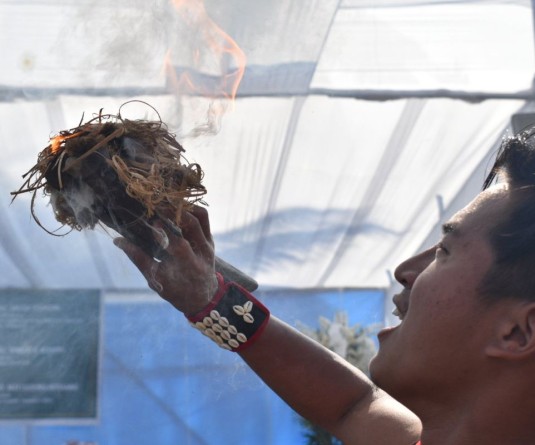
Kohima, October 7 (MExN): The age-group between 25-34 years has the highest prevalence of HIV, according to a report by the Nagaland State AIDS Control Society (NSACS) .
The NSACS’ Strategic Information Management System (SIMS) Report has shown that from April to August 2018, its prevalence in the age group from 0-14 stands at 4%,;15-24 at 19%; 25-34 at 41%;35-49 at 31%; and 50 and above at 5%.
According to the SIMS report, the scenario of HIV prevalence in Nagaland since 1999 till August 2018, out of total 10, 68,882 individuals’ blood screen tests, 24,039 were detected HIV positive, a release from NSACS stated.
The most recent report from April 2018-August 2018 indicates that 90% of the route of transmission was through sexual route while 5% were through needles and syringe, 4% through parent to child and 1% through not specified/unknown.
Nagaland has the third highest adult HIV prevalence in the country at the rate of 1.15% according to the India HIV estimations 2017 Technical Report (Percentage taken against total adult population of 15-49 years).
During the last five months, a total number of 37500 people were tested out of which 876 people were detected positive. 90% of those detected positive was through sexual route.
Joint Director (IEC), NSACS, Metevinuo Sakhrie urged that it is very important to address the age group of 25-34 which forms 41% in the age wise distribution.
She emphasized that as human beings, we need to show love, support and affection to one another while highlighting that in the past few decades, over 1000 people have died of HIV.
However, she noted that there are also some people who have been on treatment for more than 20 years and are still as healthy.
Towards this end, she underscored the need to spread the message and awareness on HIV and also strive towards eliminating stigma and discrimination against people living with HIV/AIDS as many don’t come forward for treatment for fear of stigma and discrimination.




.jpg)

